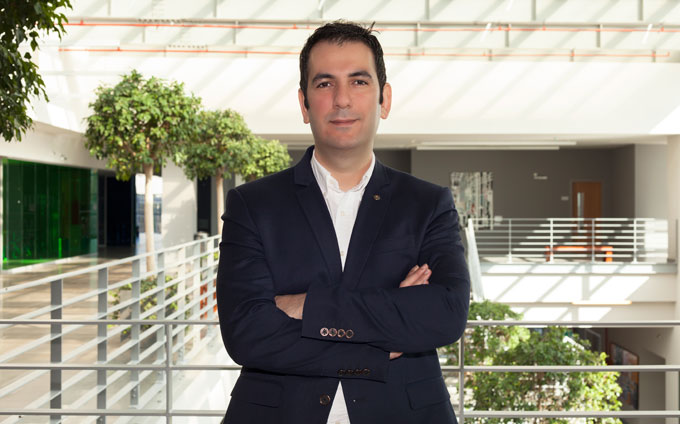Time Investment in Children: A Description of the Gender Wage Gap in the Job Market and Policy Recommendations as a Solution

Project Manager:
Mehmet Ali Soytaş
Section:
Economics
Research Areas:
econometrics, business economics, applied microeconomics
Project Start Year:
2014
Project End Year:
2016
Phone:
+90 216 564 94 38
E-Mail:



About the Project:
This project aims to understand the reason why women are not paid as much as expected despite all the progress they have achieved in education and also why they do not have more work experience despite their increased levels of education. In this regard, it aims to comprehend how the time invested by women in their children affects their participation in their own workforce and the children's success in life when they become adults. It also intends to estimate to what extent education and other demographics change the time invested in children and the participation in the labor market. Therefore, it seeks to determine how much of the recent deceleration in the closure rate of gender wage gap results from the time investment choices of women. The econometric estimation methods based on theoretical models called "structural business economics" in economic theory are used in the project. In the structural model in which women can choose between working at home or on the job market, the reason why women lag behind men in terms of work experience is explored by questioning their choices in every age and the reasonings behind their choices. The first factor that comes to mind when explaining why women stay away from work during certain periods of their life and thus have less work experience is that they raise children. However, for a useful policy proposal, the way children affect the economic problems faced by women must be modeled with a perspective of cost and benefit, and at this point it is particularly important to measure children's return to women. The return of working in the labor market is observed to be a wage, but it is not an easy task to observe what happens if you choose to spend time with your children at home instead of going to work.
Project Finding:
The project estimates, by taking into account the intergenerational pass-through, a value function that aggregates many outcomes of children when they become adults (participation in the job market, wage, education, marriage, etc.) through a model-based approach. The advantage here is that it provides a consistent measure that can reduce many of the investments made in children to a single collective measure. The estimated model and model-based policy simulations have provided important clues in understanding how women's decisions about working in the labor market and investing time in their children affect their children's achievements when they become adults. The project most importantly has revealed that time investment is an important factor that influences women's labor force preferences and that these investments seriously affect the future outputs of their children. In particular, it has contributed to the sustainability goals of adopting policies, including wage and social protection policies, and ensuring greater equality over time. Moreover, in order to ensure the policies and equal opportunities and reduce the inequality of the results, the reasons why these inequalities arise have been primarily uncovered via economic modeling. In addition, the role of the recognition and valorization of free care and home affairs in eliminating inequalities has been qualitatively demonstrated by means of social protection policies and promoting the sharing of responsibilities within the household and the family.
Goal:
SDG 1, SDG 5, SDG 10
Target:
SDT 1.4, SDT 1.6, SDT 1.7, SDT 5.1, SDT 5.4, SDT 5.7, SDT 10.3, SDT 10.4
